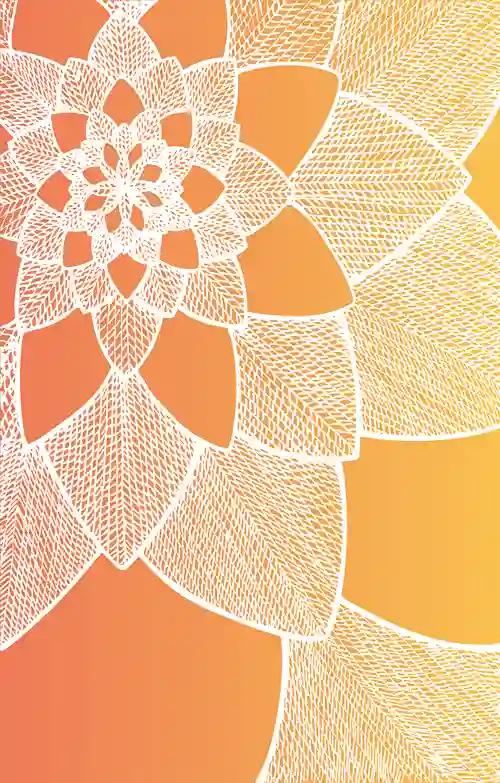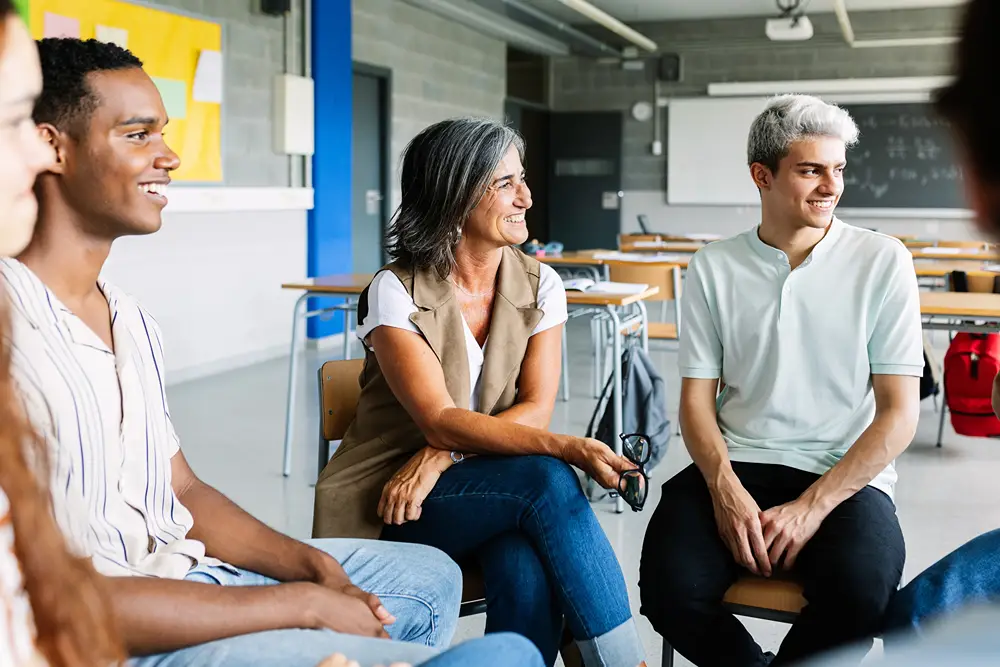The Kind of Glow That Comes from Living Well
Most people want to feel fresh, calm, and full of energy throughout their day. Yet, with constant notifications and busy schedules, it’s easy to forget the basics that help us feel our best. Living well isn’t about chasing a trend or following a strict routine. It’s about creating small daily habits that feel sustainable and enjoyable.
A balanced lifestyle helps you feel more centred and connected to what matters. It’s not about perfection, but about noticing how food, rest, movement, and mindfulness shape your wellbeing. When these areas come together, you often start to notice a sense of ease — the kind of quiet confidence that shows in how you move, speak, and even smile. That’s the real glow that comes from living well. This article looks at how living a balanced life can make you feel calm and content.
Nourishment That Comes Naturally
A healthy lifestyle starts with nourishment that feels good and tastes good. Choosing foods that are fresh and full of natural flavour can make meals both enjoyable and balanced. Think colourful vegetables, seasonal fruit, whole grains, and lean proteins. These foods help keep you satisfied throughout the day.
Instead of focusing on what to remove from your plate, think about what to add. Try including a variety of textures and colours in your meals. Each type of food brings its own nutrients, which together support your body’s natural processes. When you enjoy what you eat and take time to savour it, you tend to eat more mindfully and feel more in tune with your body’s needs.
Alongside wholesome meals, some people also include health-friendly supplements from USANA Health Sciences as part of a balanced lifestyle to support the maintenance of general health and wellbeing.
Moving with Consistency and Joy
Movement doesn’t have to mean long hours at the gym or structured workouts. It can be as simple as walking your dog, cycling to work, or stretching before bed. The goal is to move in ways that bring enjoyment and keep your body active. Regular movement helps maintain flexibility, strength, and a positive outlook.
Finding consistency matters more than intensity. A few minutes of daily movement can make a noticeable difference in how you feel. Try choosing activities that fit easily into your day — a short walk after lunch, a weekend swim, or even gardening. When movement becomes part of your routine, it feels less like a task and more like a natural part of your lifestyle.

Rest That Helps You Recharge Fully
Good rest allows your body and mind to reset. Sleep is often overlooked, yet it supports focus, mood, and overall balance. Creating a restful environment can make it easier to unwind. Keep your bedroom comfortable, dim the lights, and try to avoid screens before bed. These simple steps help your body recognise that it’s time to rest.
A regular bedtime also helps maintain a steady rhythm. Try to go to bed and wake up around the same time, even on weekends. Short moments of calm before bed — like reading or deep breathing — can also help ease your mind. When you wake up feeling rested, it sets a positive tone for your day.
Surroundings That Encourage Calm and Joy
The spaces we spend time in have a quiet influence on how we feel each day. A clean, well-lit space can help you think more clearly and move through your day with ease. Simple touches, such as letting in natural light or keeping your desk tidy, can help create an atmosphere that feels open and calm.
Bringing nature indoors can also contribute to a pleasant environment. Houseplants not only add colour but can help maintain indoor air quality. Studies from design and wellbeing research suggest that natural materials and greenery in living spaces are linked to positive mood and focus. You don’t need a complete makeover — just a few thoughtful changes that make your surroundings feel lighter and more welcoming.
The Beauty of Taking Time for Yourself
Self-care doesn’t need to be an elaborate ritual. It can be as simple as taking ten minutes to read, applying your favourite moisturiser, or stepping outside for fresh air. Personal care helps maintain balance by giving your mind and body a chance to pause.
Small actions add up over time. A regular skincare routine helps keep your skin hydrated and refreshed. A quiet walk at sunset can help you unwind after a long day. Taking time for yourself is not indulgent — it’s an important part of sustaining overall wellbeing. By treating these moments as part of your day rather than a luxury, you nurture a lifestyle that feels steady and content.
Creating a Lifestyle That Reflects Who You Are
Wellness looks different for everyone. What feels balanced for one person may not suit another, and that’s completely normal. The key is to build routines that align with your values, schedule, and preferences. For some, this might mean spending more time outdoors. For others, it could be preparing wholesome meals at home or setting aside quiet mornings for reflection.
The aim is to design a lifestyle that supports both your body and mind in a way that feels genuine. When you make choices that reflect who you are, it becomes easier to maintain them long-term. Living well isn’t a single goal to reach — it’s an ongoing process that grows with you.
The kind of glow that comes from living well isn’t about appearance alone. It’s a reflection of how you care for yourself through daily habits, nourishing meals, consistent movement, and meaningful connections. When you make space for balance, rest, and joy, that sense of wellbeing naturally shows.
Each mindful choice — from the food you eat to the people you spend time with — plays a role in shaping a lifestyle that feels fulfilling. By focusing on simple actions that support your body and mind, you create a foundation for lasting vitality. Living well is, ultimately, about being present, making thoughtful decisions, and appreciating the everyday moments that make you feel alive and at ease.









